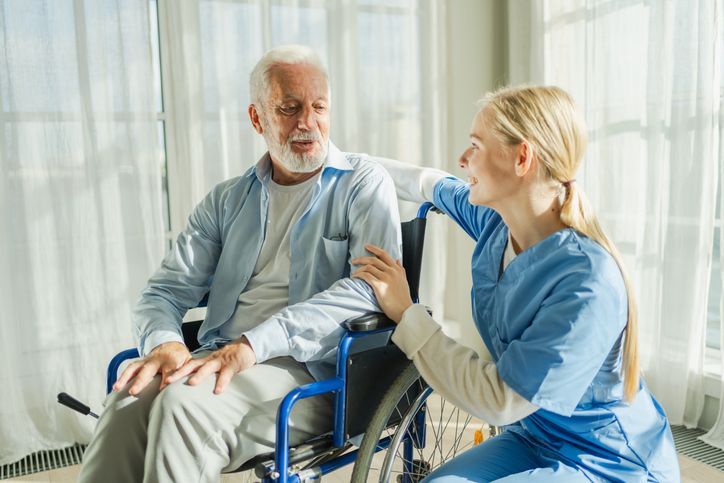Your Guide to Making Informed Choices During Medicare Annual Election
The Medicare Annual Election Period (AEP) from October 15 to December 7 is a crucial time for those who rely on Medicare for their healthcare coverage. During this period, you can change your Medicare plans, ensuring that your coverage aligns with your evolving healthcare needs.
What is the Medicare Annual Election Period (AEP)?
The AEP is a window of opportunity for Medicare beneficiaries to review and modify their coverage. This period specifically applies to Medicare Part C (Medicare Advantage) and Medicare Part D (prescription drug plans). It doesn't pertain to Original Medicare (Parts A and B).
What Changes Can You Make?
Enroll in a Medicare Advantage Plan. If you currently have Original Medicare and wish to switch to a Medicare Advantage Plan, the AEP is your chance. Medicare Advantage Plans often offer additional benefits, such as prescription drug coverage and dental or vision care.
Switch Between Medicare Advantage Plans. If you're enrolled in a Medicare Advantage Plan but want to explore different options, you can change your plan during the AEP. Compare plans to find one that better suits your healthcare needs and budget.
Review and Modify Your Prescription Drug Plan. If enrolled in a Medicare Part D prescription drug plan, the AEP allows you to evaluate your plan's coverage, premiums, and formulary. You can switch to a different Part D plan if it better addresses your medication requirements.
Return to Original Medicare. If you're currently enrolled in a Medicare Advantage Plan and want to go back to Original Medicare, the AEP provides the opportunity to make this change.
Make Plan Changes Based on Your Health Needs. Your health status can change yearly. During the AEP, you can select a plan that better covers your anticipated healthcare needs for the upcoming year.
What Should You Do Next?
Review Your Current Coverage. Start by examining your current Medicare plan(s). Pay attention to your healthcare expenses, including premiums, deductibles, and co-payments. Determine whether your current plan still meets your needs and preferences.
Explore Your Options. Research the available Medicare Advantage Plans and Medicare Part D prescription drug plans in your area. Consider factors like costs, coverage, network of healthcare providers, and additional benefits.
Use Online Resources. The Medicare Plan Finder on the official Medicare website can help you compare different plans. It provides detailed information about premiums, drug coverage, and quality ratings.
Consult an Advisor. If you're uncertain about the best course of action, seek guidance from a Medicare advisor or counselor. They can provide personalized assistance in selecting the most suitable plan.
Enroll or Make Changes. Once you've decided on your plan adjustments, take action before the AEP deadline of December 7th. This ensures your new coverage takes effect on January 1st of the following year.
The Medicare Annual Election Period is a valuable opportunity to fine-tune your healthcare coverage. By understanding the changes you can make and taking the appropriate steps, you can ensure that your Medicare plans align with your evolving health needs. Contact us if you need further assistance at this time, and we can help to guide this critical financial decision.




